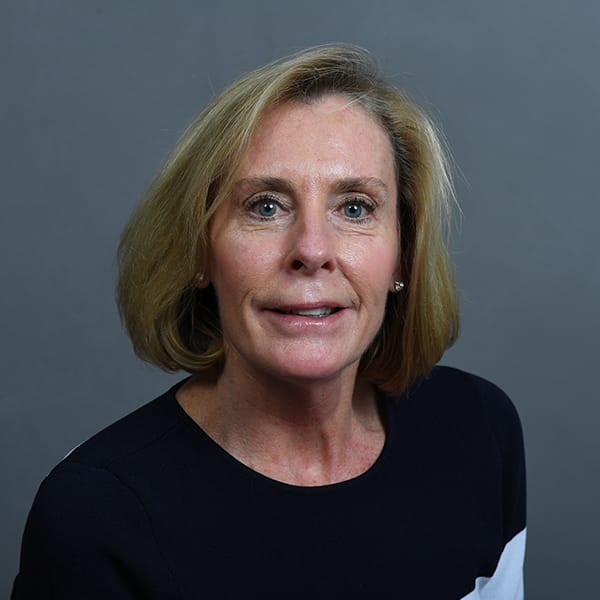Rhythm in Mathematics: Touro Innovates Children Learning with Music
A New Learning Project Shows Promising Results Preparing Children for STEM Fields

Clapping hands, stomping feet, and dancing to lively music all describe the activities of kindergarteners in a classroom participating in Touro’s new Young Academic Music and Computational Thinking (YAM) project. By teaching students rhythm in beats, teachers help children with high needs and disabilities learn mathematics. The results of the project are inspiring. “One young student in the program with very low communication skills was not able to complete a traditional math test initially. He completed the 10 lessons in the YAM project and learned the measures of music, the value of notes, and how notes come together to make music,” said Dr. Susan Courey, program chair of the Early Child Education and Special Education program at GSE and principal investigator for YAM. “This child who had been non-responsive suddenly began clapping out every measure of music perfectly. A standard test in school could never reveal that he could count, but the YAM lessons revealed that he understood numeracy at a different level. The program helps children to overcome math anxiety and to learn effectively while having fun.”
The goal of the YAM project is to improve and innovate the teaching of math, music, and computational thinking in kindergarten. It is designed to provide access to rigorous computer science coursework for traditionally underrepresented students—students with disabilities and language differences—in rural and urban areas. The YAM project introduces a new way of learning Science, Technology, Engineering, and Mathematics (STEM) content through music and computational thinking that will introduce high-need urban and rural kindergarten students to early STEM skills. Despite the growing need for a STEM-ready workforce in our country, the U.S. Department of Education reports “persistent inequities in access, participation, and success in STEM subjects that exist along racial, socioeconomic, gender, and geographic lines, as well as among students with disabilities” (U. S. Department of Education, 2016,). The disparities in STEM education are a threat to our ability to close education and poverty gaps.
Responding to a call for grant proposals from the U.S. Department of Education, Touro GSE was chosen as one of 43 recipients across the country to receive a $4 million grant for a 5-year initiative to develop and implement the YAM project. The goal is to produce a national curriculum resource for teachers to be made available fully online. GSE will lead the coordination of the creation and implementation of the curriculum in Austin, Texas and New York City (NYC). After the completion of four pilot programs, results will be reviewed to assess what works and what challenges remain for teachers with little training in the music and technology fields. SRI International (formerly Stanford Research Institute) will evaluate the efficacy of the final curriculum by measuring student outcomes in 35 high-need rural classrooms in Austin and 35 high-need classrooms in NYC. Approximately 1,000 kindergarten students will participate in the efficacy study and data will be collected for a period of two years.
“We have a compelling reason to view music instruction as an integral part of the elementary curriculum, due to its utility in teaching beginning fraction concepts and related fraction computation to elementary students,” said Courey. “This converging body of evidence encouraged us to develop a theoretically similar curriculum for kindergarten students using music to teach mathematics and computational thinking.”
“The kids were so receptive and engaged in our first lesson. These are kids with low abilities, lower engagement, and some have language barriers and in the first lesson, they were all engaged and so interested to learn,” said Samantha Wright, a recent Touro GSE graduate in the master’s program in Special Education, who is implementing YAM lessons in the classroom. “The kids were all engaged, clapping and dancing along following directions.”
The curriculum will be developed into a web-based, downloadable teacher’s guide with accompanying downloadable teacher tools and training videos. The product will consist of 18, 30-minute lessons, and two 10-minute videos, one which overviews the product and research that supports the curriculum along with a demonstration video of the curriculum, materials and methods for delivery. Throughout years 1-3 of the project, production staff will periodically interface with researchers to address any post-research production issues. The curriculum will be produced and made available in year 4 and into year 5 of the project.
Partners including Daniel’s Music Foundation, The University of Texas at Austin, and The Herbie Hancock Institute of Jazz, play critical roles in enhancing the YAM program’s effectiveness through continuous evaluation of impact, and ongoing review of lesson implementation, curriculum, and program development. Partners also assist with the creation of instructional videos to help teachers involved in the project. WestEd will act as a consultant, guiding the creation of teaching materials and the development of web-based educational tools.

